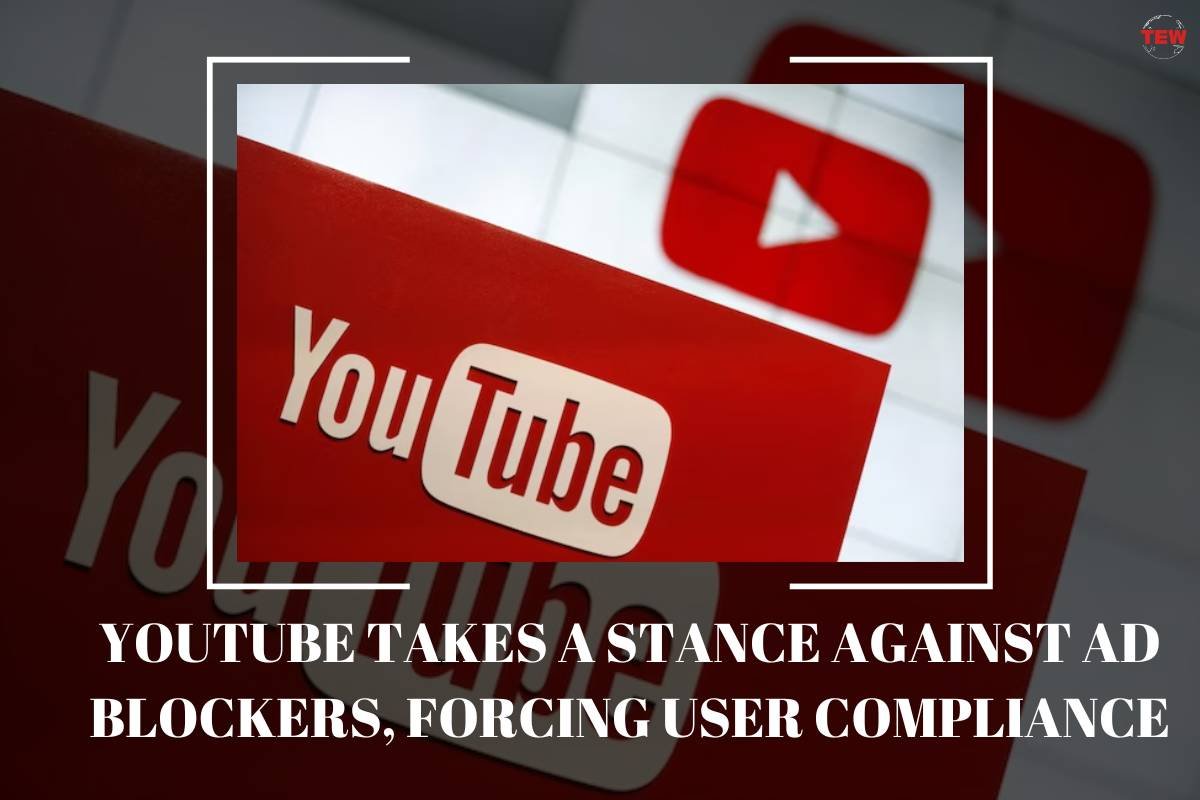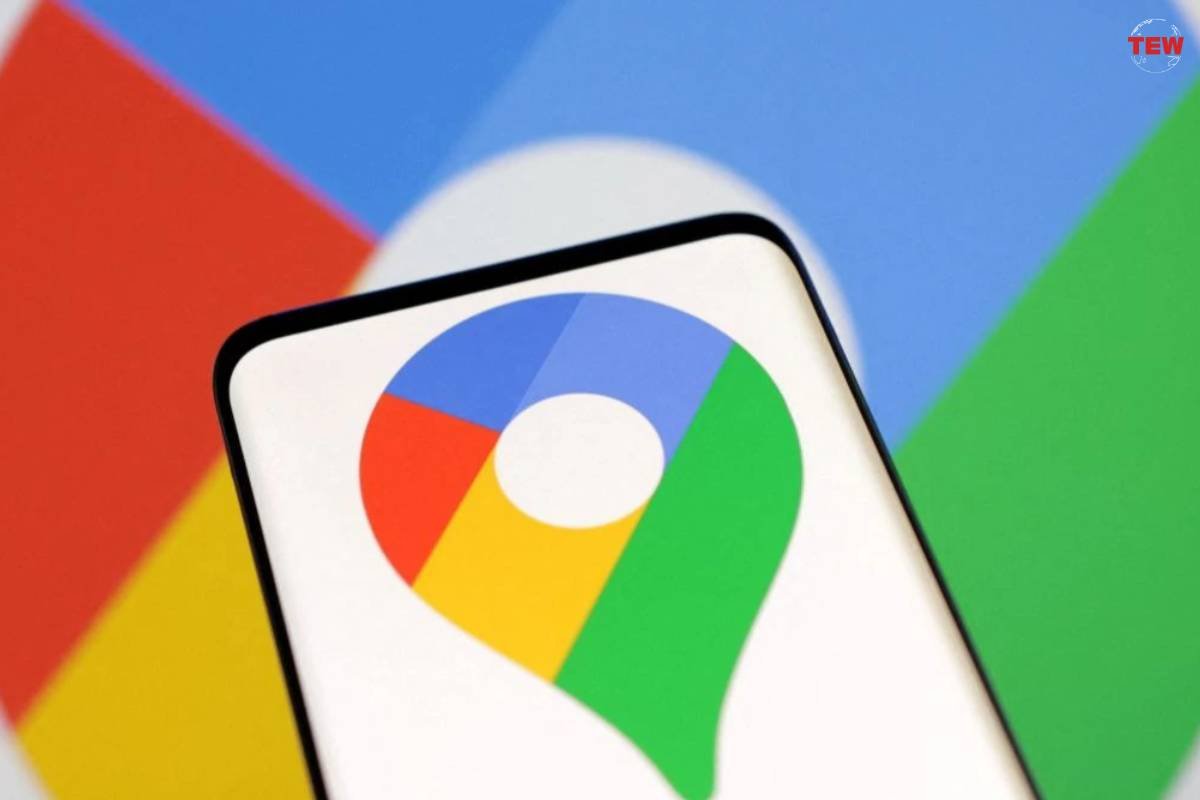The digital landscape of video-sharing on the internet is undergoing a revolution, with YouTube at the forefront of the charge. In an attempt to enhance user experience and uphold its terms of service, the platform is now taking a more assertive stance against the use of ad blockers. YouTube users across the globe have started encountering a persistent pop-up notification prompting them to disable their ad blockers, which reads, “Video playback is blocked unless YouTube is allowlisted or the ad blocker is disabled.” This move marks a significant shift in the company’s strategy to tackle the issue of ad blocking on its platform.
YouTube’s Evolving Approach
Initially, YouTube had implemented a more lenient approach, gently nudging users to either turn off their ad blockers or subscribe to the ad-free Premium offering. However, as users continued to dismiss these messages, the platform escalated its efforts. The pop-up notification first appeared earlier this month but could be dismissed with a simple click. Subsequently, YouTube required users to acknowledge the message but allowed them to exit after a brief timer. Now, the platform demands users to take concrete action in favor of its policies to bypass the pop-up.
In a statement to The Verge, YouTube communications manager Christopher Lawton clarified that using ad blockers is, in fact, against the platform’s terms of service. He further emphasized that “ads support a diverse ecosystem of creators globally and allow billions to access their favorite content on YouTube.” This stance highlights YouTube’s commitment to sustaining the creator community and ensuring that users have access to a wide range of content.
Youtube block ad blockers, You need to do this now
Background and Future
This move by YouTube comes in the wake of similar experiments and challenges the platform has faced in recent months. In May, Reddit users noticed YouTube’s efforts to encourage users to disable ad blockers or subscribe to YouTube Premium, a paid ad-free service. These changes are driven in part by the company’s reported third consecutive quarterly decline in ad revenue, as reported by The Wall Street Journal. In June, YouTube ran a “small experiment globally,” which temporarily restricted users with ad blockers from browsing videos after watching just three of them.
Furthermore, YouTube’s push to ensure compliance with its ad policies has been accompanied by a more aggressive advertising strategy. The platform has been consistently adding more ads to its website, including unskippable 30-second ads on its TV app. It’s clear that YouTube is determined to maintain a healthy balance between user experience and supporting content creators by addressing the ad-blocking issue head-on.
As YouTube takes a more proactive stance in confronting ad-blocker usage, the digital landscape of online video-sharing is likely to evolve further. The platform’s commitment to maintaining a diverse content ecosystem and protecting the interests of its creators is set to shape its strategy in the coming months, with users and content producers eagerly watching to see how this approach plays out in practice.





